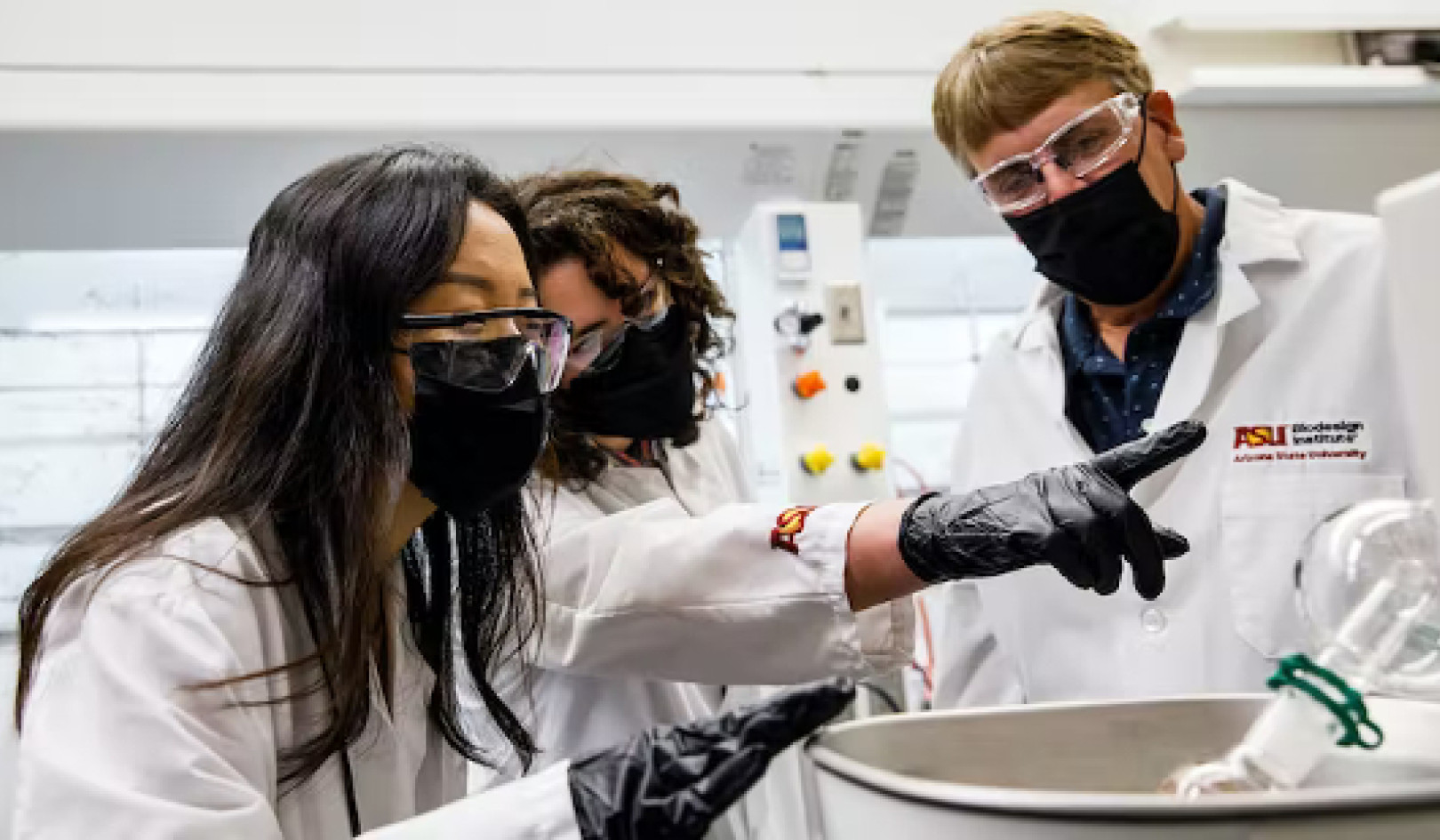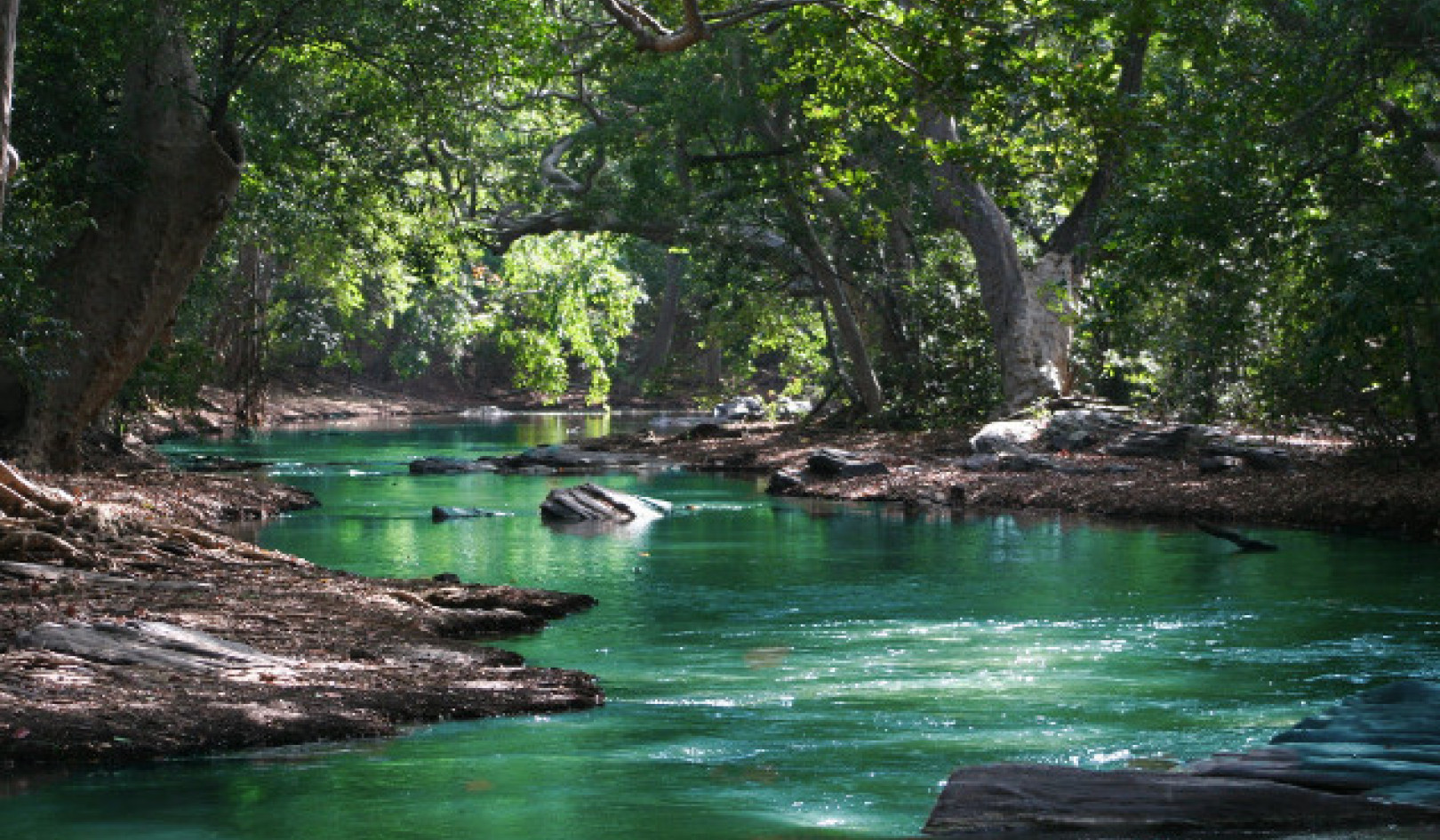
Coral on Australia's Great Berrier Reef: Larvae from here travel far on the currents Image: Steve Evans from Citizen of the World via Wikimedia Commons
Climate change is only one of the risks that coral larvae have to face – but those which do survive its effects can improve the prospects for mature reefs.
Scientists in the UK and the US have found that coral larvae are capable of travelling very long distances before becoming part of a reef.
The discovery, based on research using a computer model to simulate how the young corals disperse in the world’s oceans, breaks new ground: until now nobody had known how far they could move.
The researchers were surprised to find that some of the larvae may cross entire oceans, occasionally apparently crossing the 5,000 km of open sea which separate eastern Pacific corals from those on the islands of the central Pacific.
The study, “Modeling dispersal and connectivity of broadcast spawning corals at the global scale”, by researchers from the universities of Bristol and Miami, is published in the journal Global Ecology and Biogeography. The team says its work will help to predict how coral reef distributions may change in response to changing oceans.
Coral reefs are in fact colonies made up of huge numbers of individual corals, anemone-like animals which begin life as tiny, free-floating larvae about the size of the full-stop at the end of this sentence.
The reefs are often a valuable cultural and economic resource in many of the world’s poorest countries, harbouring a diverse marine community as important in its way as that of the tropical rain forests.

But many reefs are under increasing threat from a range of pressures, including human activity, natural disturbance and climate change. How corals will respond to these changes will depend, in part, on how far the young coral travel on the currents.
Sally Wood, a PhD student at the University of Bristol and one of the study’s authors, said: “Dispersal is an extremely important process for corals. As they are attached to the sea floor as adults, the only way they can escape harmful conditions or replenish damaged reefs is by releasing their young to the mercy of the ocean currents.”a
Running The Gauntlet
So where the larvae end up is important for reef conservation. But tracking the movement of the tiny larvae in the open oceans is impossible.
“This is where computer simulation comes in”, Wood says. ”We can use data on ocean currents to predict where larvae released from a certain location, such as the Great Barrier Reef, will end up.”
For the first time the researchers have recreated the paths followed by the larvae worldwide. They say that most probably settle close to home, but that a few make it much further.
Professor Claire Paris, of the University of Miami, said: “These individuals will be really important as they are thought to contribute to species persistence on vulnerable isolated reefs, as well as range shifts in response to climate change.”
The model the researchers used captures just the start of the larval journey to survival, and further work is going ahead to complete the story.
This will involve improving the model, first by incorporating the effects of increased temperature on how quickly the larvae develop and how long they can survive, as global warming affects them. The team will also use the model to predict future dispersal patterns.
But difficult environmental conditions along the way or at the corals’ destination, the “wall of mouths” awaiting them at the reef face, and fierce competition for the space to grow may all mean that, even if they survive the long ocean crossing, they may not survive to reproduce. – Climate News Network
Coral Reefs & Climate Change
How do we save the most diverse habitats in our oceans? Coral reefs could become extinct by 2050 due to pollution and climate change. This nature video was released just ahead of the landmark Copenhagen summit on climate change in order to draw attention to the plight of these fragile ecosystems. Sadly, the summit ended in failure – and the future of our reefs is still at risk.
{vimeo}45428354{/vimeo}





























